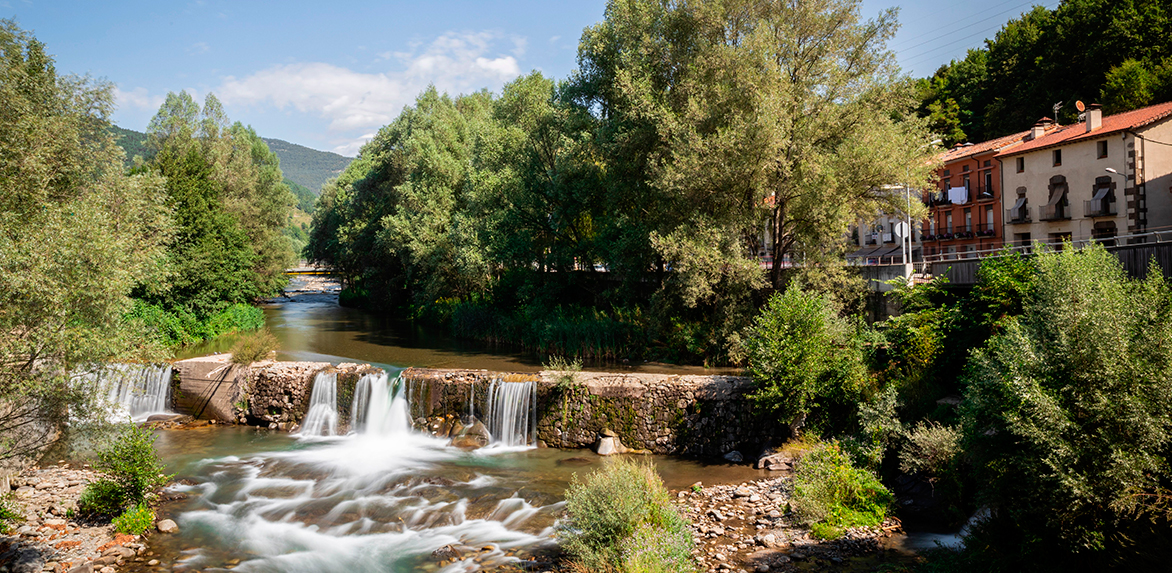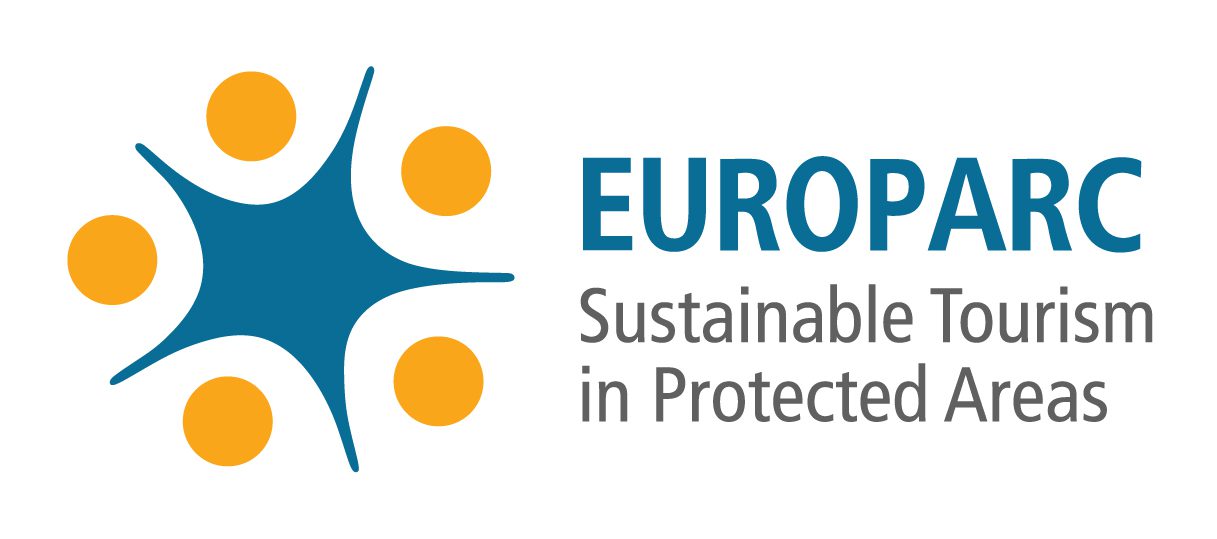This land is steeped in Romanesque history and the beauty of Scots pine and oak woods. Our small town invites you to stroll through its historical squares, visit its springs and gardens on the banks of the River Freser and discover the old canals of its ironworks.
The town of Campdevànol
-
Origins
Two archaeological finds tell us that the history of Campdevànol stretches back over 9,000 years. In the 13th century, the municipality was included in the vegueria, or feudal jurisdiction, of Ripoll. It was in the 17th century when Campdevànol took its place in history as an important seat of industry, thanks to its production of iron, gypsum, cement and textiles.
-
Did you know that…?
Campdevànol’s identity is closely linked to its traditional dance, La Gala, a unique piece of Catalan folklore that has been declared a Heritage Festival Element of National Interest. Its name may derive from the fact that it is the gala dance of the town’s festival or because of the dance leader’s galanteig (gallantry) towards the female dancers. La Gala possibly dates back to the 17th century, when the Confraternities of the Rosary were at their height.
-
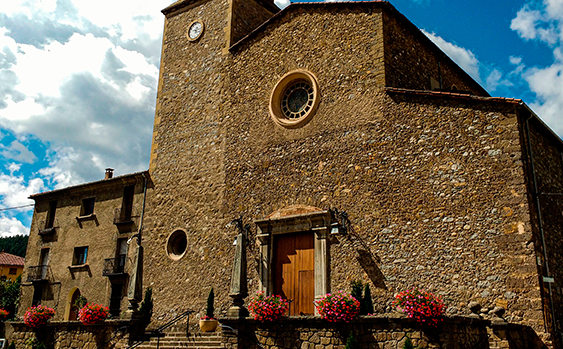
Sant Cristòfol
This Gothic church, whose bell tower stands 46 metres tall, is one of the municipality’s most emblematic sights. It was built in 1945 in the aftermath of the Civil War and the 1944 earthquake.
-
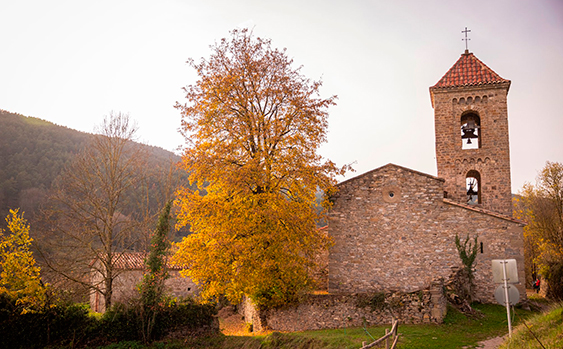
Sant Llorenç de Campdevànol
This Romanesque church built in the 11th and 12th centuries is located on road that leads from the municipality to Gombrèn.
-
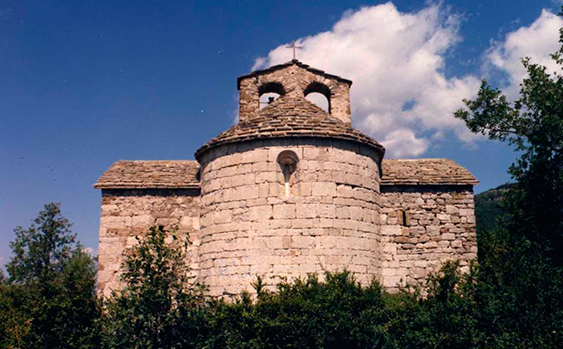
Sant Pere d'Aüira
This Romanesque church, which dates back to the year 1150, is on the outskirts of the town and offers exceptional views of the surrounding area.
-

El Pont de la Cabreta
This 11th-century bridge crosses the Freser at the point where the valley starts to broaden as the river heads out of town towards the Ribes Valley.
-

The Molí Gros and Pyrfer centre
They are located in a manor house adjacent to Plaça de la Dansa. The house dates back to the 17th century and its big mill, the Molí Gros, was powered by water. It is now home to the Molí Gros Ecomusuem and the Pyrfer Interpretation Centre, which focuses on the area’s iron legacy, from nail-makers through to today’s metallurgical industry.
-
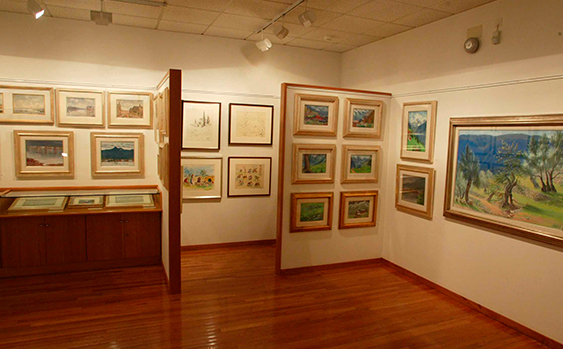
Pinacothèque Coll Bardolet - Art Gallery
Josep Coll Bardolet was born in Campdevànol in 1912 and lived in Valldemossa (Majorca) from 1944 until his death in 2007 . Coll Bardolet’s paintings show Renaissance influences and reflect how his heart was torn between the Pyrenean slopes of his youth and the Balearic light of his later life.
-

Torrent de la Cabana
This route follows the mountain-fresh stream of Estiula, popularly known as La Cabana, where you can take in the visual beauty of its waterfalls and the diversity of its plant life, particularly its riverside woods mainly formed by alder trees and groves of Scots pines.
More information
-
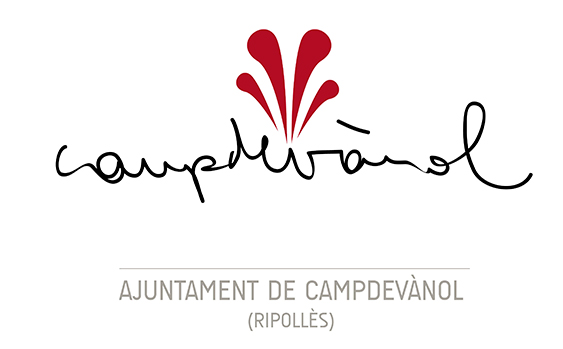
Campdevànol Town Hall
MORE INFO
Resources
Other towns
-
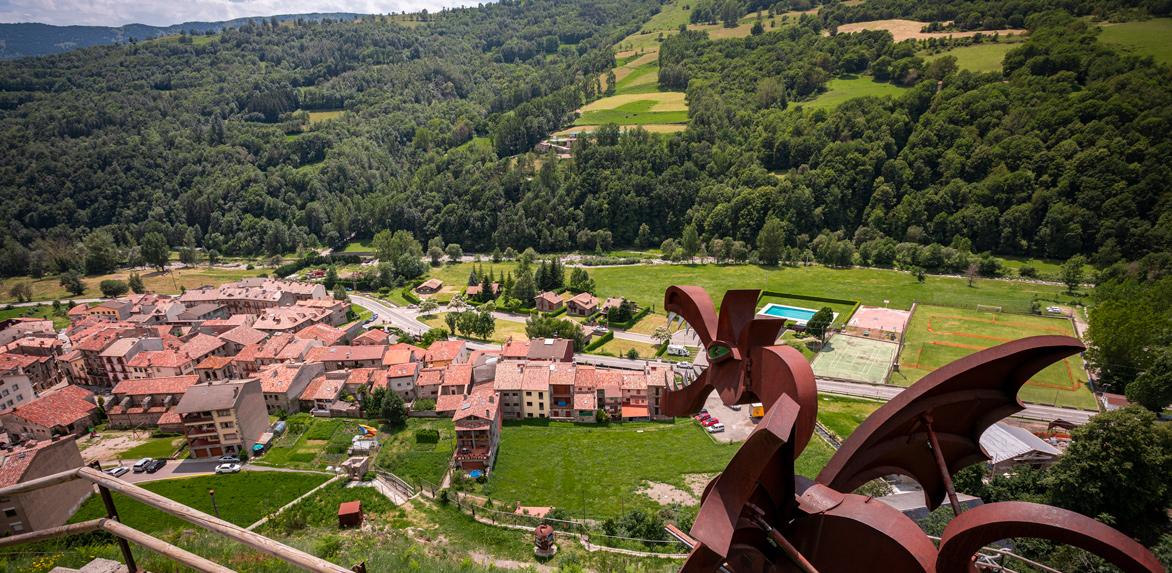
Vilallonga de Ter
Visitors to the picturesque town of Vilallonga del Ter are captivated by the mystique of its narrow streets with pleasant...
MORE INFO -
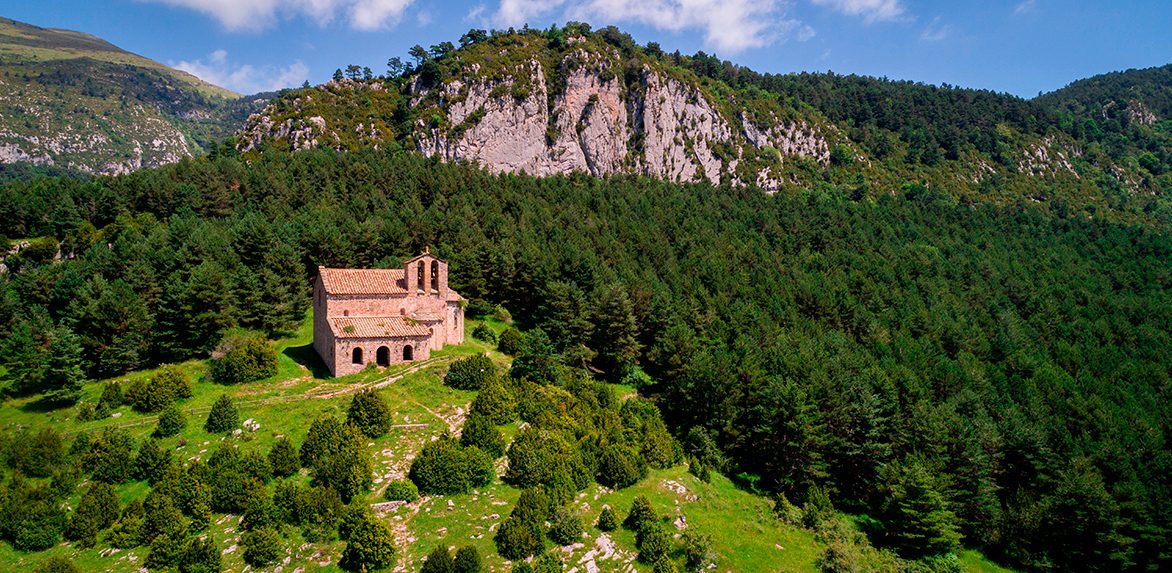
Gombrèn
A land of traditions and the origin of the legend of Comte Arnau. Stroll through the places that forged the...
MORE INFO -

Queralbs
Queralbs retains the charm of high mountain villages, with its narrow alleys and stone houses with slate roofs and original...
MORE INFO
